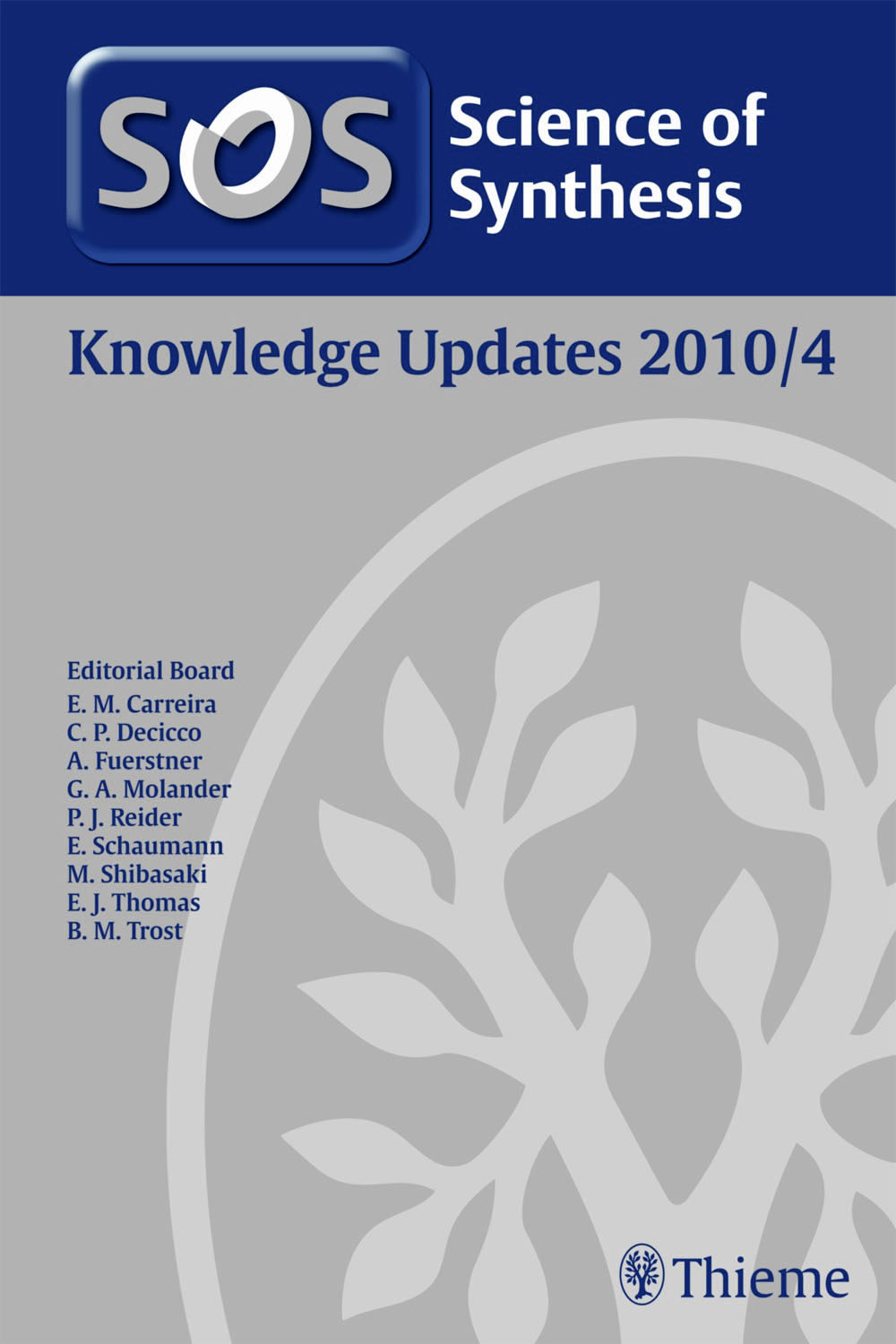You are using Science Of Synthesis as a Guest.
Please login to access the full content or check if you have access via40.1.1.1.2.1 Alkylamines from Carbonyl Compounds by Direct Reductive Amination
Please login to access the full content or check if you have access via
Margaretha, P., Science of Synthesis Knowledge Updates, (2010) 4, 406.
Direct reductive amination (DRA) allows the one-pot conversion of a carbonyl compound into an amine. This reaction offers convincing advantages, including brevity and mild reaction conditions. The overall process involves the formation of an iminium ion (alternatively, an N-alkylideneamine or an enamine) as intermediate, which is then reduced in situ to an alkylamine (Scheme 2). The broad choice of reducing agent(s) and reaction conditions is directed toward avoiding (1) the direct reduction of the carbonyl compound to an alcohol, and (2) the possibility of the reaction product further reacting with a second molecule of the carbonyl compound (so-called „overalkylation of the amine“) (see Houben–Weyl, Vol. E 16d, p 924). In this context it is interesting to note that some reducing reagents formerly used for such conversions, e.g. tetracarbonylhydridoferrate salts,[3] have apparently not been used since the early 1990s, whereas others, such as complex borohydrides, have become highly popular.
Meeeee 8 Meeeee Meeeeeeee Meeeeeeee ee Meeeeeee Meeeeeeee
References
| [3] | Meeeíšee, M., Meeeeee, (8888), 8888. |









